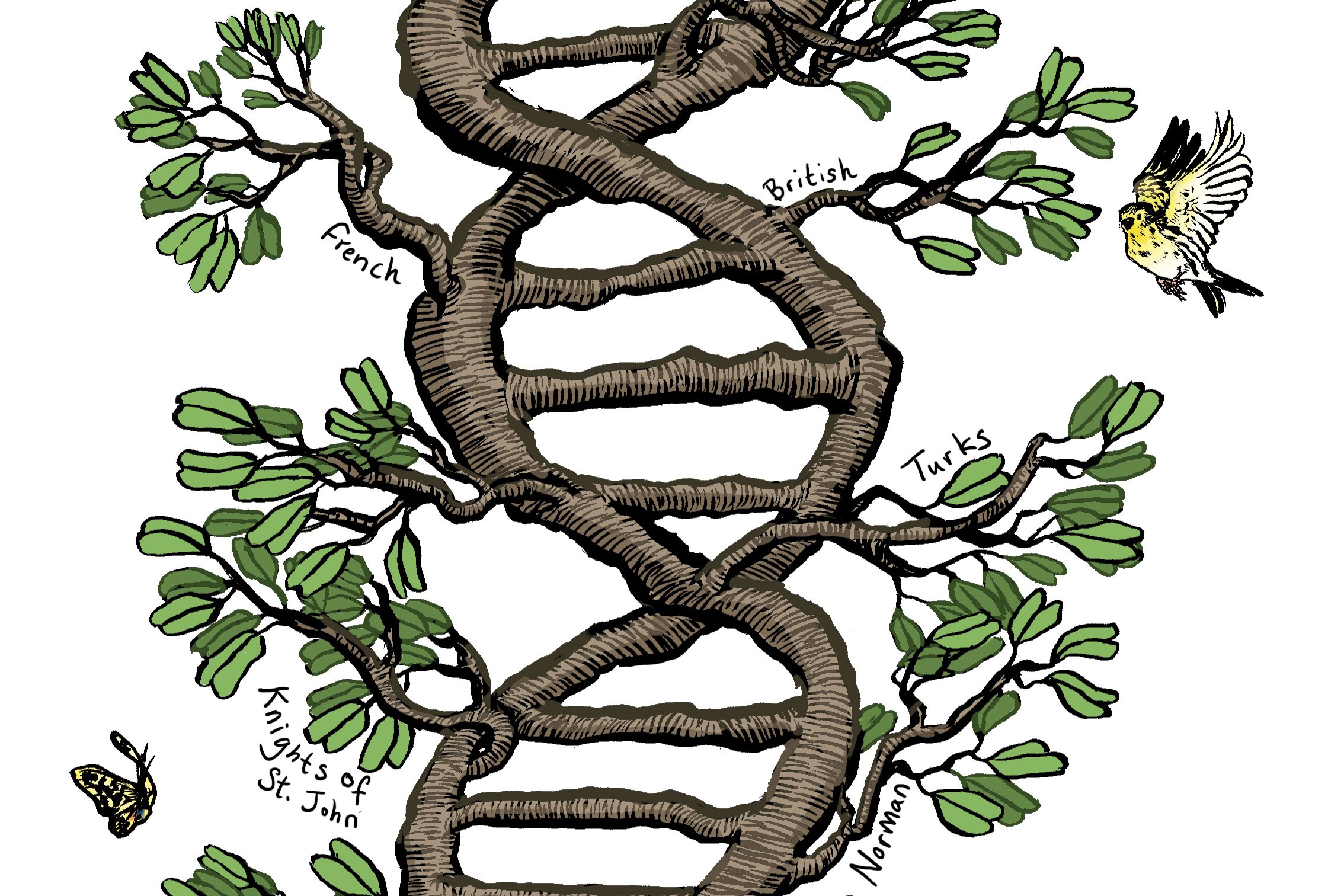Author: Clayton Sammut

A considerable amount of endemic species inhabit the Maltese Islands. The Maltese freshwater crab (Qabru in Maltese) is one of them. In the 50s, the invertebrate was so abundant that freshwater crab soup was a common Maltese delicacy. And up until Malta adopted the Euro, it graced the Maltese five cent coin. The Maltese freshwater crab is unique to our heritage, but it is now threatened with extinction.
Under the supervision of Dr Adriana Vella and the University of Malta’s conservation research group, I used various population and biological parameters to analyse the data and produce conservation recommendations.
To estimate the crab population size and density, I used two techniques known as the capture–recapture method and distance sampling in a number of repeated surveys in different sites throughout the dry (August to mid-September) and wet season (October to January). I then measured the crabs to determine their life stage and sex. This revealed more information about the reproductive population size and recruitment at each study site.
What we found was that there was an imbalance in the number of female to male breeding adults, which resulted in a small amount of offspring. This means the population cannot sustain itself, putting the species in grave danger.
Beyond health and numbers, we also directed attention to the crabs’ natural habitat. We wanted to find out whether hydrological and chemical parameters, such as water depth and water acidity, are also having an impact. As it happens, the freshwater crab’s population density is affected significantly by a water stream’s depth, width, velocity, and acidity (pH). We also found that specific sites and seasons also had an impact.
Direct water extraction, excessive use of fertilisers, and water stream channelisation are creating severe drought that suffocates the crabs during summer. So much so that adult male crabs were seen preying on their own juvenile crabs.
Looking at the rapid decline of watercourses around the Maltese Islands throughout the years, and the abuse that goes ignored and unchecked, the freshwater crab will not have a future unless we act immediately.

There are three things that we can do to undo some damage. We can fund research to determine if a reintroduction programme would work in sites which previously hosted the crab. We can also create new engineered habitats which can host the crab and bolster the population. Finally, the highly diverse habitats that are now hosting the crab can be turned into protected nature reserves. The nature reserves could engage citizens with Maltese organisms. If run as a social enterprise, it could generate funds to support important research. Protecting the animals that call our islands home is our duty as responsible citizens, but it goes beyond that. Protecting them means protecting our surroundings, our home, from a path that severs us from our roots. Protecting them is protecting ourselves.


